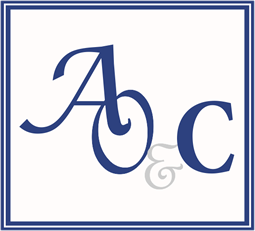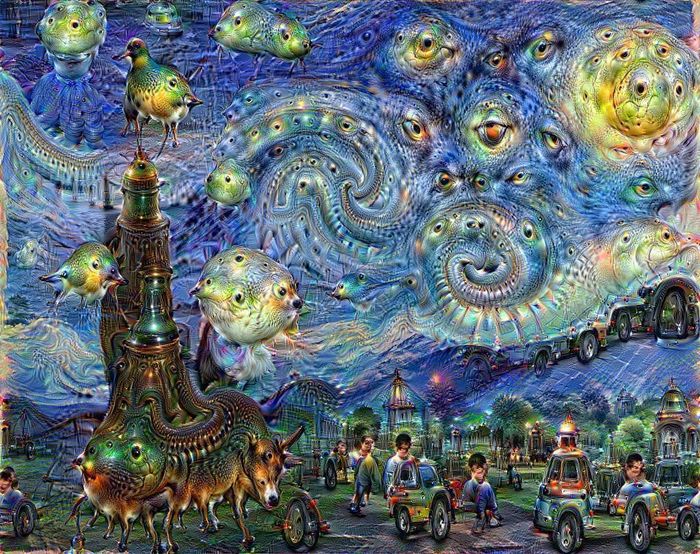The purport of this article to educate artists on certain pertinent concepts that they should be familiar with including;
- FAIR DEALING
In the case of Hubbard v. Vosper, Lord Denning enthused: “It is impossible to define what fair dealing is. It must be a question of degree. You must consider first the number and extent of the quotations and extracts.” [1]
It must be said that the words “Fair dealing” and “Fair use” are often used interchangeably, with fair use being a concept under the United States Copyright Act. In contrast, the Nigerian Copyright Act 2022 provides for “fair dealing.” Essentially, fair dealing serves as a defense against copyright infringement, allowing the use of a copyrighted work without the owner’s permission under certain conditions.
Under the previous Nigerian Copyright Act, the scope of fair dealing was quite restricted. According to the Second Schedule of the old Act, fair dealing was limited to purposes such as research, private use, criticism, or review, among other specified purposes. This somewhat restrictive definition implied that any use outside these specified purposes would be considered infringement if done without the owner’s consent.
However, the more recent Copyright Act of 2022, offers a more expansive definition of fair dealing, for example, Section 20 (1) (a) lists various acts that constitute fair dealing, including private use; parody, satire, pastiche, or caricature; non-commercial research and private study; criticism, review, or reporting of current events, provided the work and its author are acknowledged. The list continues through paragraph (r), presenting a broad range of exceptions. The phrase “such as” before the list indicates that these examples are illustrative, not exhaustive, suggesting that other similar uses could also qualify as fair dealing. [2]
Nevertheless, the broader scope of fair dealing under the new Act does not grant users carte blanche to use an author’s work indiscriminately without authorization. The intent of fair dealing is to balance the protection of authors’ rights with the public’s interest in accessing creative works. Therefore, if it can be demonstrated that the defense of fair dealing is being used to blatantly disregard the rights of the author, this defense will not hold. For instance, reproducing an entire work in its exact form cannot be justified as fair dealing, even if intended for private study or review.
In summary, while the Nigerian Copyright Act 2022 provides a more flexible framework for fair dealing, it does not permit abuse of this defense to infringe upon the rights of authors. Proper acknowledgment and adherence to the principles of fair dealing are essential to ensure the protection of both creative works and users’ rights.
- MORAL RIGHTS
Moral rights are a set of rights that aim to protect the personal and reputational interests of artists in their creative works. These rights are distinct from economic rights as while economic rights are easily transmissible by assignment, testamentary disposition or by operation of law, moral rights may not.
Under the repealed copyright act moral rights are deemed “perpetual, inalienable and imprescriptible”[3] however, the act altered the provision relating to moral rights by including in section 14(3) that moral rights shall not be transmissible during the lifetime of the author, but upon his death, be transmissible by testamentary disposition or by operation of law furthermore, it provides that moral rights subsist for the duration of the copyright [4]
Moral rights are generally recognized internationally and are considered crucial for maintaining the integrity and legacy of an artist’s work. The key moral rights typically include:
- Right of Attribution:
This right typically ensures that artists are properly identified and credited for their work. It allows them to claim authorship and to prevent others from being falsely credited as the creator, so artists can demand that their name be associated with their work whenever it is displayedand they can object to any false attribution.
The recognition of moral rights ensures that artists are attributed correctly and that their artistic integrity is upheld. This can have a significant impact on an artist’s reputation and how their present, past and even future works are perceived. [5]
- Right to Integrity:
Moral rights also protect the work of an artist from any distortion, mutilation, or other modifications that could harm the artist’s reputation or the integrity of the work.
Inlight of the above, artists can prevent alterations that might be seen as prejudicial to their honor or reputation. This includes changes that may affect the work’s character, message or aesthetic value.
- Right to Object to Derogatory Treatment:
This right protects artists from the use of their work that could be considered derogatory or harmful to their reputation.
Under the Nigerian Copyright law, music artists also enjoy moral rights. These rights include the right to be identified as the author or creator of a work and the right to object to derogatory treatment of their work, ensuring that artists receive appropriate credit and respect for their creations. [6]
- DERIVATIVE WORKS
Derivative works are creative pieces created or developed from an original work. This can be through adaptation, translation or sequel.
Elements of a Derivative Work
- There must be an initial original work that the derivative work is traceable to.
- There must be a form of similarity between the initial work and the derivative work.
- Despite being a development from an original work, the derivative work must have its uniqueness.
- The consent or license of the original creator of the initial work is required to create a derivative work.
The creative environment greatly appreciates derivative works for their ability to assist artists and creators in extending earlier creations while at the same time enriching society’s cultural diversity. [7}
- REFRENCE PHOTOS
Reference photos are images that artists use to observe details, structure, and form when creating their own works of art. They can be likened to a roadmap for the artist, guiding them in capturing the likeness of a particular subject. [8]
A reference photo is a form of creative inspiration for an artist to create a work of art. It provides a starting point for the creation of artistic works and guides the painting or drawing of an art work. A reference photo can be gotten from the internet or from pictures taken by an artist or any photographer.
It is important to note that where the reference photo was not taken by the Artist nor did the artist obtain permission to reproduce it, the recreation will not vest the originality of the art work in the artist. However for photos in the public domain, the artist need not seek permission to use the photo.
The authorship of a work will be vested in an artist where such artist merely draws inspiration from the reference photo without reproducing it and further proceeds further to introduce his or her creative designs to the said work making it unique and distinct from the reference photo.In conclusion, it goes without saying that a keen awareness of the concepts listed above provides artists with the tools and knowledge necessary to protect their work, maintain control over their creative output and ensure that they receive adequate compensation in the event of unauthorized use.
REFERENCES
[1]https://chamanlawfirm.com/defense-of-fair-dealing-in-nigeria-copyright
[2] https://lawpavilion.com/blog/fair-use-and-fair-dealing-an-analysis-of-copyright-law-in-nigeria/
[3] Section 12(2) copyright act 2022
[4] Section 14(4) copyright act 2022
[5] Section 14 copyright act 2022
[6] Section 66 of copyright act 2022
[7] https://www.contractscounsel.com/b/derivative-work
[8] Copyright and Using Reference Photos in Art https://luukminkman.com/en/blog/copyright-and-using-reference-photos-in-art/

